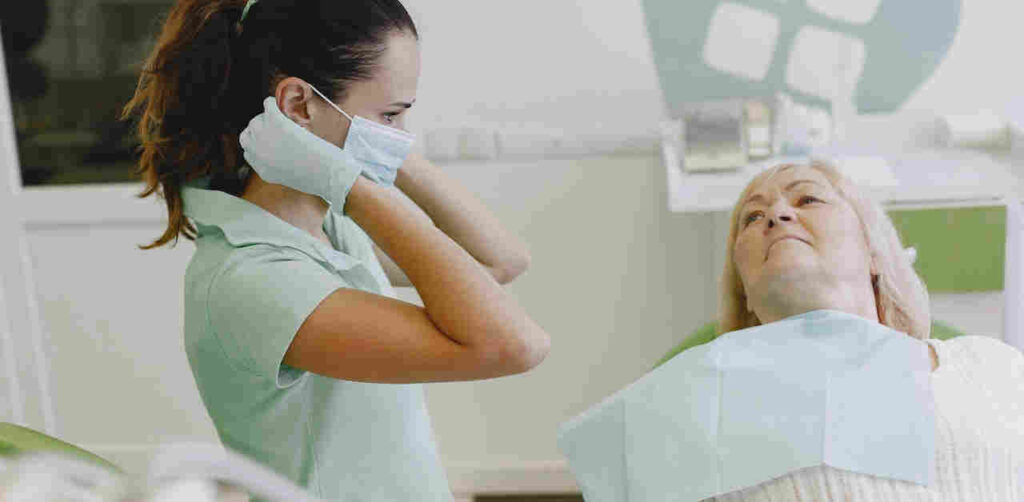Most mouth problems aren’t covered, but you have other options
Published by: AARP
If you’re just finding out that original Medicare doesn’t cover routine dental care or procedures, you’re not alone. Many people don’t realize this until they retire.
Medicare limits dental coverage to specific medically related circumstances, so yearly exams, extractions, root canals, and routine cleanings aren’t part of the plan. Medical-related coverage may include surgery to treat jaw fractures, limited dental services in preparation for radiation treatment of oral cancer, or an oral exam in a hospital before a kidney transplant.
1. Medicare Advantage coverage varies
Almost all Medicare Advantage plans provide some dental coverage. Only 10 percent of Medicare Advantage enrollees are required to pay a separate premium for dental benefits, according to KFF.
“Most plans cover preventive services, such as cleanings and X-rays, but the coverage of more extensive services definitely varies,” Freed says. The KFF study found nearly two-thirds of enrollees in plans with access to cleanings, oral exams, and X-rays don’t have to pay for these services.
2. Stand-alone dental policies aren’t all alike
Even though Medicare Advantage is the most common way for Medicare beneficiaries to get dental coverage after retirement, you have other options.
Premiums for stand-alone dental policies vary based on coverage level and location. Policies generally don’t have preexisting condition exclusions but may require a waiting period before covering some expensive procedures, says Gregg Ratkovic, chief business officer for insurance broker eHealth. They can also have an annual coverage cap.
3. Other options for dental coverage
You may be eligible for dental coverage from other sources:
Dental discount programs. These programs typically charge an up-front annual fee and provide discounts such as 30 percent to 40 percent off cleanings, crowns, exams, and fillings. You may be required to use certain dentists.
Employer or retiree dental coverage. Half the people 65 or older who had dental insurance had coverage through an employer or retiree plan, according to the National Poll on Healthy Aging.
Medicaid. The joint federal-state program provides dental coverage in some states for people who meet income and asset requirements. About 1 in 9 Medicare beneficiaries had dental coverage through Medicaid in 2019, according to the KFF study. Fewer than half the states provide care beyond emergency dental services for adults. Contact your state Medicaid office for details.
Medigap add-ons. Medigap policies, which help cover original Medicare’s out-of-pocket costs, don’t include dental coverage in their standardized benefits, but some plans let you add on dental coverage for an additional premium. In 2020, about 1 in 8 Medicare beneficiaries were enrolled in Medigap plans with additional dental, hearing or vision benefits, according to the Commonwealth Fund.
Veterans benefits. The U.S. Department of Veterans Affairs provides dental care benefits to veterans who qualify based on their service-connected disability rating and other factors.
4. Your dentist can help you plan
Before you retire, talk with your dentist about the care that’s important to have in the next few years, says Leonard Brennan, a retired dentist, and co-director of the Harvard School of Dental Medicine’s Geriatric Fellowship Program. If you need some expensive services, consider scheduling them while you still have dental coverage from your employer. It could be better than your future coverage.
5. Tax-free HSA money can help with dental costs
If you had a high-deductible health insurance policy and made contributions to a health savings account (HSA), you can withdraw money tax-free for eligible medical expenses, including out-of-pocket dental costs.
You can’t make new contributions to an HSA after you enroll in Medicare, but you can withdraw money tax-free for eligible expenses at any age. If you haven’t enrolled in Medicare yet, setting aside money in an HSA is a good way to prepare for these costs.
